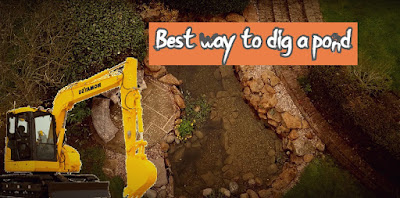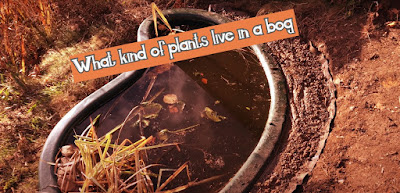Do I need underlayment for pond liner? Fitting pond underlay
Using an underlay
If l use a flexible liner do l need to use an underlay?
Yes; a major problem with all flexible liners is that they are easily punctured. It is impossible to do anything about accidental tears and holes that are caused when you are cleaning the pond or replacing plants, but you can do something about those caused from below.No matter how carefully you excavate the hole, removing stones and plant roots as you go, it is almost impossible to remove every single sharp stone or even pieces of glass, and once the liner is filled with water the weight may force the liner down on to sharp objects.
Lining the surface of the hole with a cushioning, protective material before the liner is laid will protect the liner from the sharpest of stones. It is a false economy to omit this underlay. Although the soil may seem to be soft and free of stones, there may well be something sharp just below the surface that will be pushed against the liner once the water compresses the loose earth.
What is the best type of underlay to use?
Several different materials can be used as underlays. Nowadays the easiest to use and the most reliable are the various non-woven, fabric underlays, known as geotextiles, which are purchased from garden centres or from specialist water centres. They are relatively cheap, very tough and easily moulded to shape. Buy the underlay, which is available in rolls of various widths, when you buy the liner.Geotextiles have all but superseded more traditional materials. Damp builder's sand can be laid in a layer, about 5cm (2in) thick, over all surfaces, including vertical ones. The difficulty arises with vertical surfaces and in corners, because it is essential that the sand is not rubbed off when the liner is installed. The cheapest liner is wads of damp newspapers over the whole surface. Again, the problem is keeping the newspapers in position when you lay the liner. It only needs one section to slip and reveal a stone and the whole project will be jeopardized. In addition, of course, the newspapers will eventually rot away, leaving the liner exposed.
Old carpet underlays can also be used, but they can easily be punctured. Even old carpets can be used, but these are usually not flexible enough to mould around the corners. Although sand, newspapers, carpets and carpet underlays may be cheap or even free, geotextiles are by far the most effective to use.
How do l get the underlay into position?
If you are using a geotextile, calculate the size required in the same way as for a flexible liner (see pages 38-9). Check the surface of the hole and remove all obvious stones and other objects and then drape the underlay over the bottom of the pond, smoothing it over ridges and into corners. It should continue over the edge of the pool to be buried in the same way as the liner.If you prefer to use sand put a layer about 5cm (2in) deep over the whole prepared surface. The sand should be damp so that it sticks to vertical surfaces and corners. It may be easier to cover these areas with wet newspapers, which can be draped over the edges and down the sides.












Comments
Post a Comment